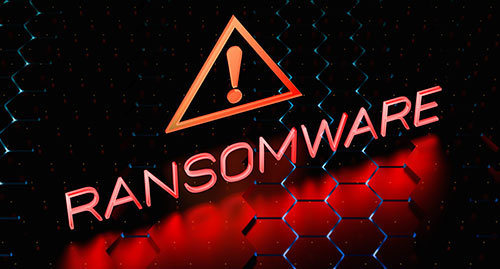Ransomware continues to wreak havoc on organizations of all sizes and industries and remains the most popular attack method for cybercriminals. According to the Verizon Data Breach Investigations Report ransomware was involved in 25 percent of all breaches.
The financial impact of ransomware is also becoming more pronounced as bad actors realize greater financial benefits from targeting supply chains versus a single individual. For example, the 2021 Kaseya attack affected at least 1,500 of its managed service provider customers.
In addition to going after “whales” versus “minnows,” cybercriminals are now favoring double extortion tactics. In the past, attacker encrypt information found on a system and then demanded a ransom in exchange for a decryption key. With double extortion, attackers can exfiltrate your client’s data to a separate location and exploit it in other ways including leaking the information to a public website if payment isn’t received.
5 Steps to Implementing an Effective Ransomware Readiness Assessment and Response Plan
In the world of cybersecurity, the old adage, “An ounce of prevention is worth a pound of cure” is particularly relevant. Here are five steps to implementing an effective game plan for your clients:
1. Develop a comprehensive incident response plan. Outline the roles and responsibilities of each team member, identify communication channels and provide step-by-step guidance on how to respond to a ransomware attack.
2. Conduct regular risk assessments. Take the time to thoroughly identify potential vulnerabilities in your clients’ systems and processes.
3. Implement a comprehensive backup and recovery strategy. Include regular backups, offsite storage and periodic testing of the recovery process.
4. Train employees on cybersecurity best practices. Employees are often the weakest link in your clients’ cybersecurity posture. Provide them with regular training on how to identify and respond to potential threats such as phishing emails, malicious attachments and other cyber threats.
5. Regularly update and patch software. It’s one of the easiest and most overlooked steps to strengthening your clients’ security. Outdated software can contain vulnerabilities that ransomware attackers can exploit.
If this sounds like a lot of work because it is. Fortunately, you don’t have to do this on your own. Fortinet offers IT and security leaders the FortiGuard Incident Readiness Subscription Service—a suite of services organizations can select from to better prepare, rapidly respond to and take the most effective actions against today’s cyber threats. Some of our offerings include:
- Ransomware Assessment Service
- Ransomware playbook development
- Ransomware tabletop exercises
- Incident Readiness Subscription Service
Strengthen your clients’ security postures and reduce their risk ransomware. Learn more about Fortinet’s Ransomware and Phishing Prevention solutions here.

